
Ode to the Thruster
Okay, I know what you’re thinking: “Thrusters are my favourite, said nobody ever!” How can this freak start the week by trashing on the devil’s press and finish off Friday praising the thruster? Did The Touch drop him on his head once too often at this week’s judo practice? Well, yes he did. But, in my defense, when you think of thrusters, you’re probably picturing a horrible Fran rep scheme of 21-15-9 with a light barbell.

What I am referring to are short heavy sets of thrusters like Thursday’s 6 thrusters at 125/185lbs. When performed in short sets at heavy loads, I admire the full body strength that the thruster develops as well as the athletic skill required to coordinate the movement and transfer force from lower body to upper body. If you have to take the barbell off the floor, even better! Does any movement require more complete full body strength?
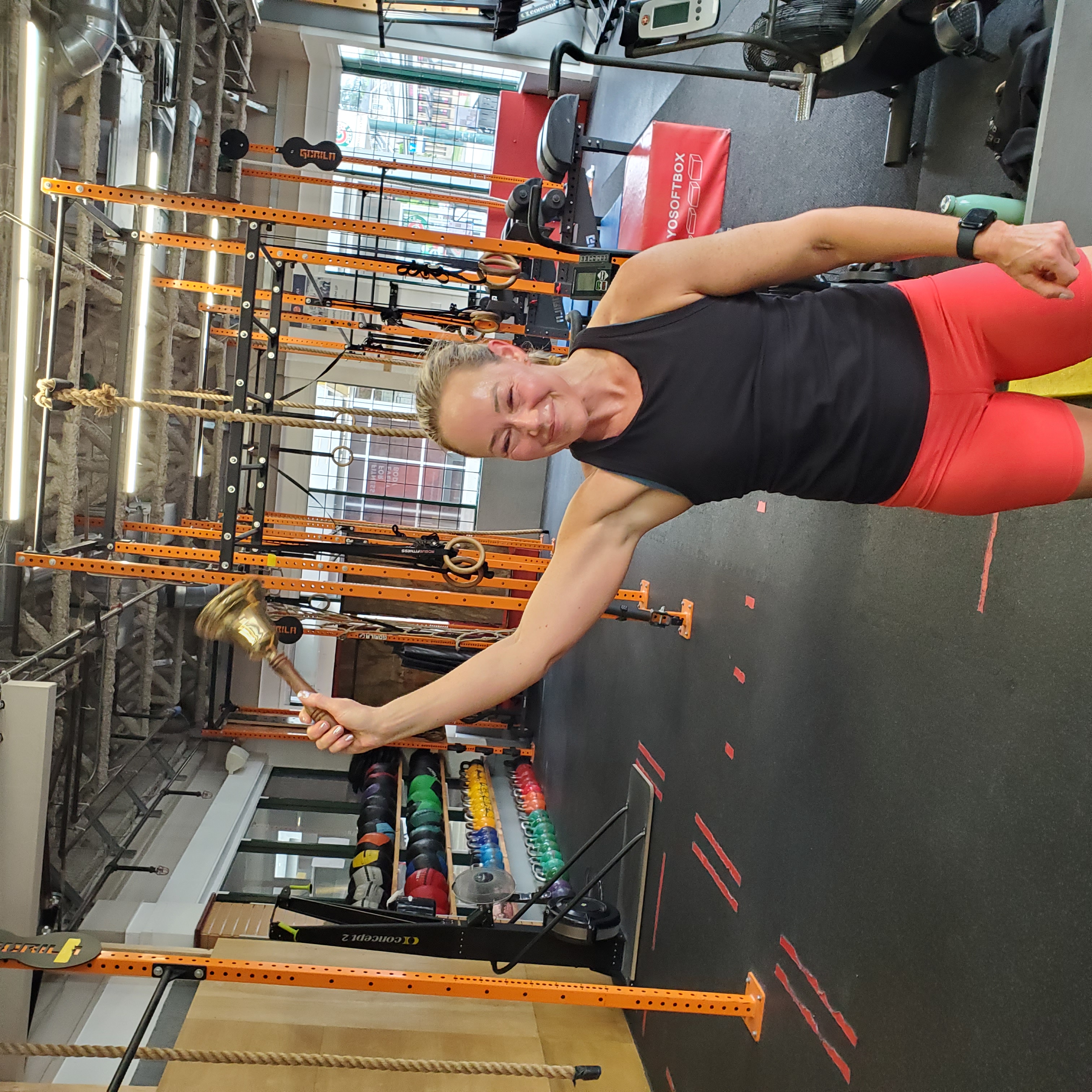
It’s not just the fact that this movement requires you to develop both lower and upper body strength in order to perform it. It’s not just the explosiveness and athletic transfer of force. It is also the incredible midline stabilization required to facilitate that force transfer between lower and upper limbs. Yes, I’m talking about core strength.
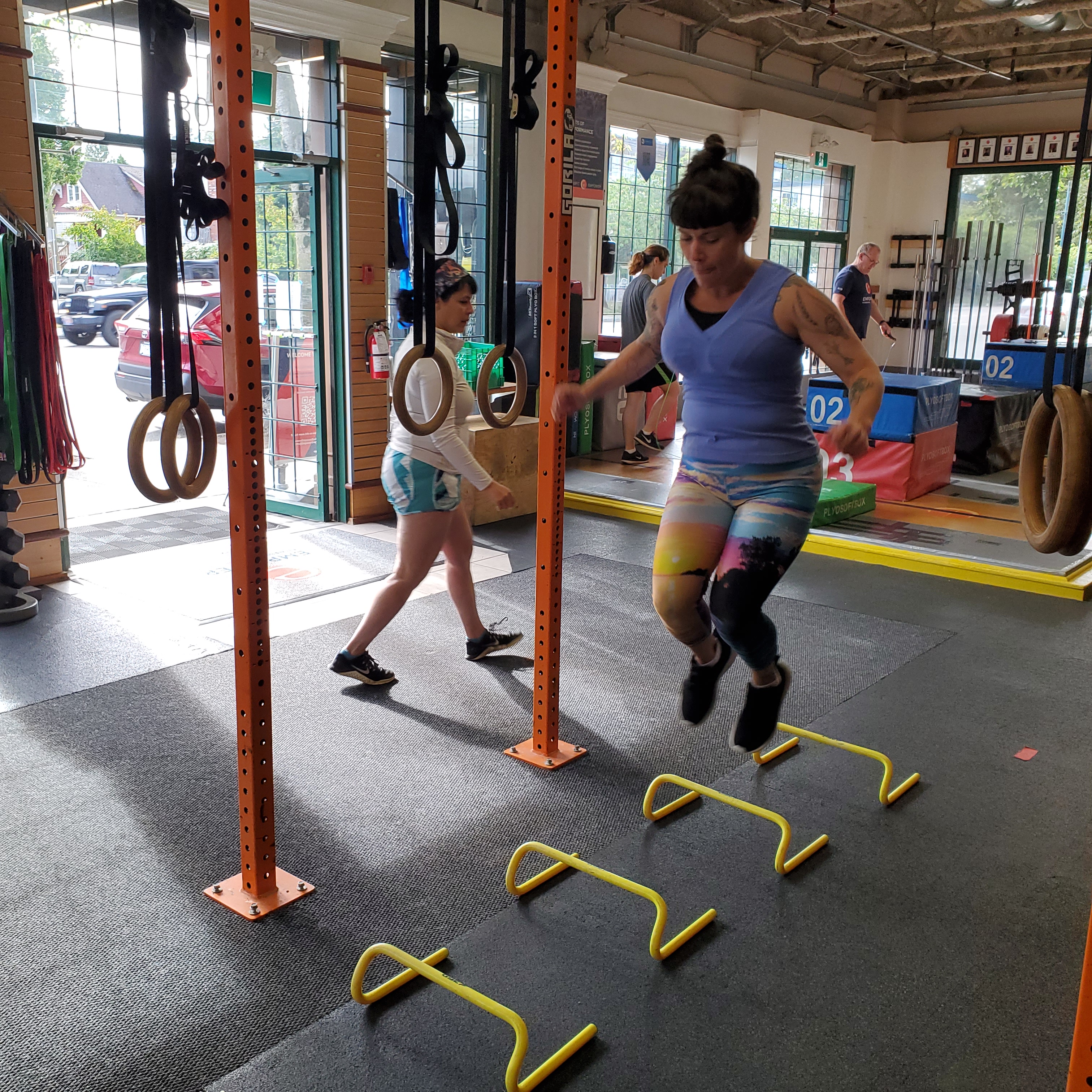
When people think about core strength they usually think about sit ups or leg raises or V-ups. But none of those movements tax your core the way a heavy thruster does. You can perform hours of planks and crunches and never develop the bulletproof core that a heavy thruster will produce. Show me someone who can perform sets of thrusters at 125/185lbs and I’ll show you someone whose trunk is resilient enough to safely stabilize their spine through a wide range of explosive, athletic movements.
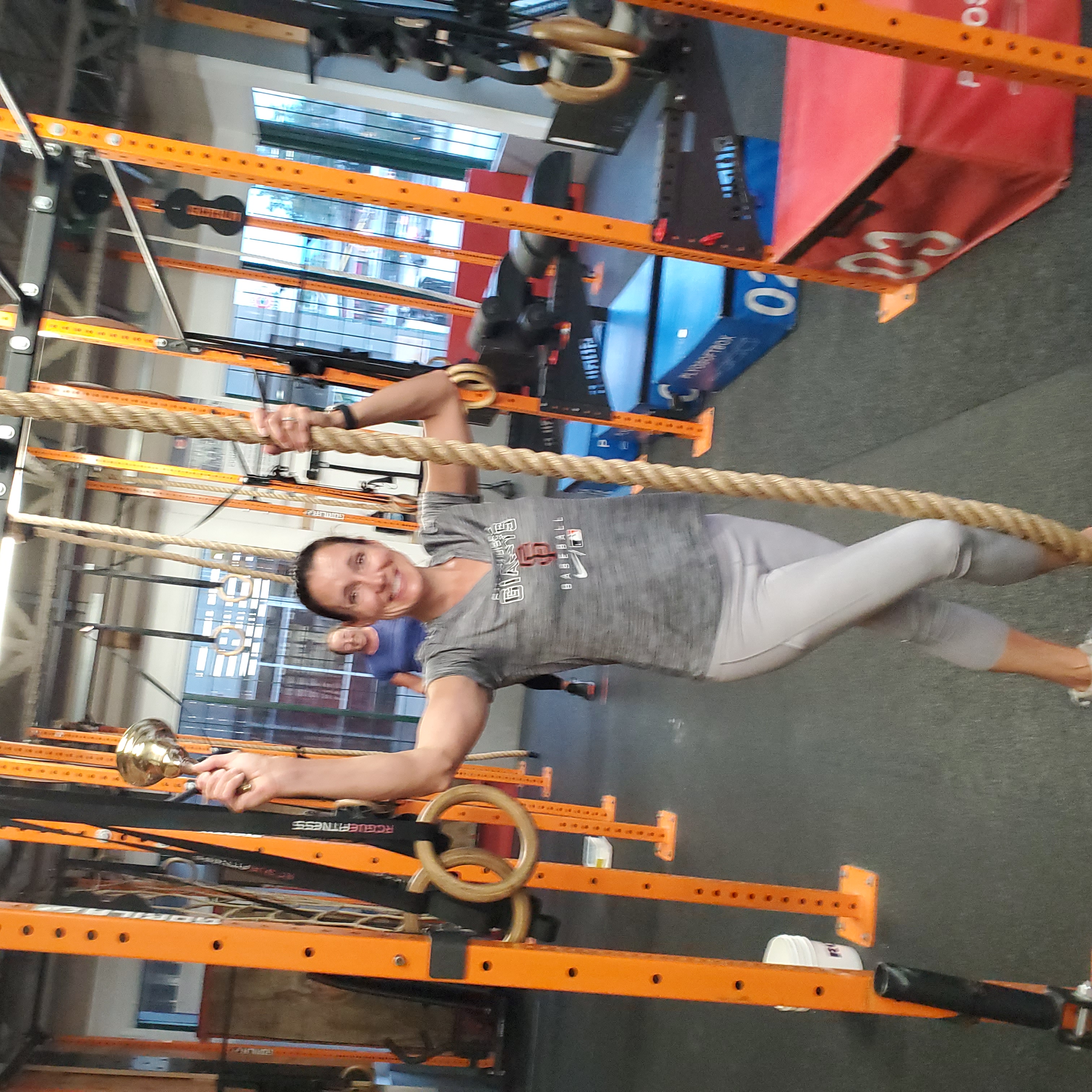
If you can take a 125/185lb barbell from the floor into a squat and then thrust it to an overhead position and repeat, there are not a lot of obstacles likely to arise in your day-to-day life outside the gym that you cannot overcome. Imagine the sense of efficacy and agency that this kind of functional strength would provide you with.

This does not mean you should rush out and try performing thruster sets at weights exceeding your current fitness threshold. No, you should be training within your skill and strength level. But instead of choosing an arbitrary number at which to hold yourself and forever after performing all thruster sets at or below your set point, you should be gradually developing your confidence with a barbell as you inch toward increased work capacity. This is called progressive overload.

How do you do it? Let’s say that today you performed your set of 6 thrusters at 55lbs. Your mission is to get to the point where you can perform 10 consecutive thrusters with good form and stable midline at 55lbs. At this point, your new weight should become 60lb. Work at this load until you can confidently complete 10 good thrusters at 60lbs. Now you will advance to thrusters at 65lbs and work there until 10 reps is in your wheelhouse. Do you see how progressive overload works? The process will take months but, if you are training 3-4 times per week, over the course of 12 months you should be able to safely add 20lbs or more to your thruster. The consequence being a 20lb increase in strength (upper and lower body), athleticism and core stability.
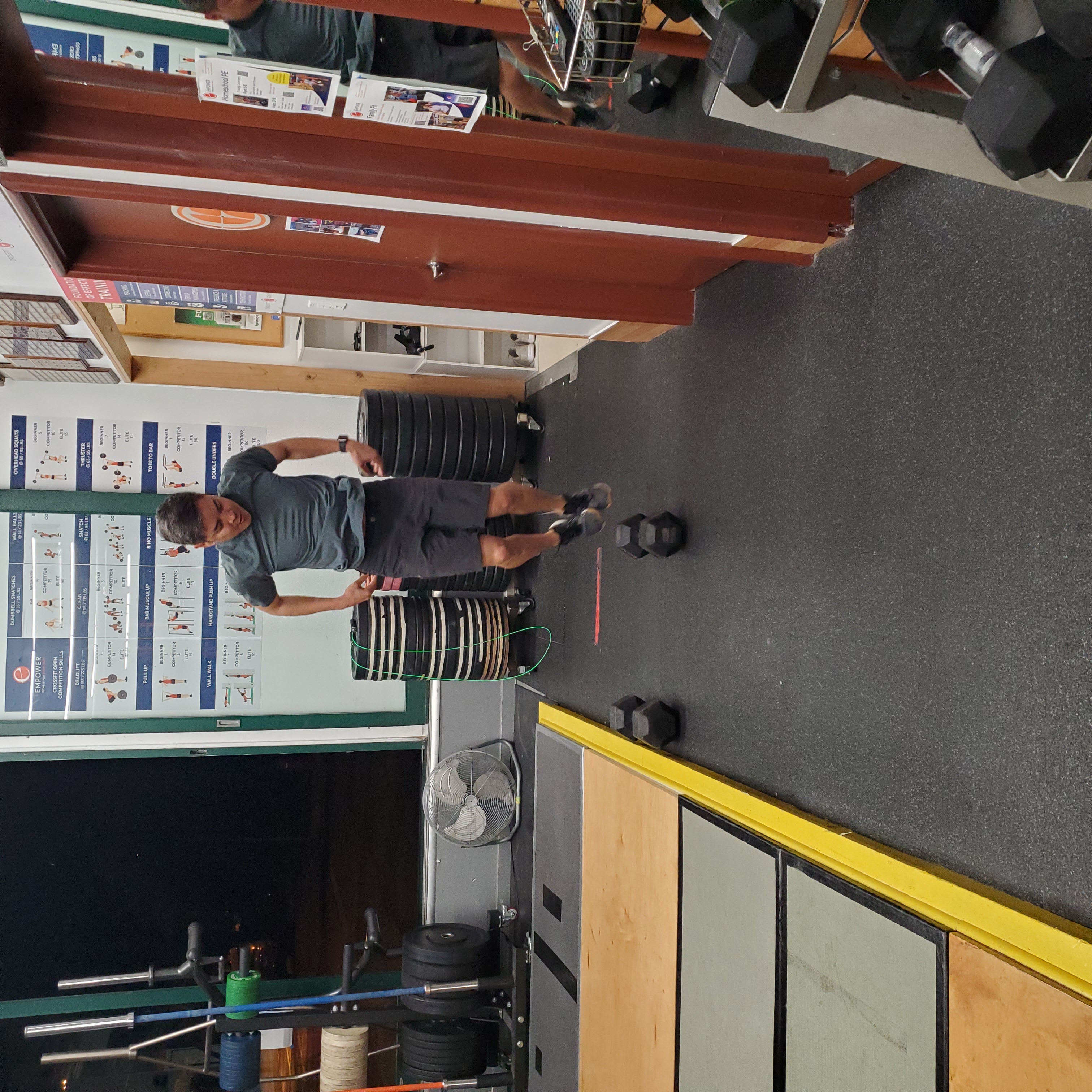
Rather than perennially training at light loads and continuing to struggle with unchanged capacity or risking injury by haphazardly guessing at workout loading, start consistently logging your training data and challenging yourself to progress in measured stages.
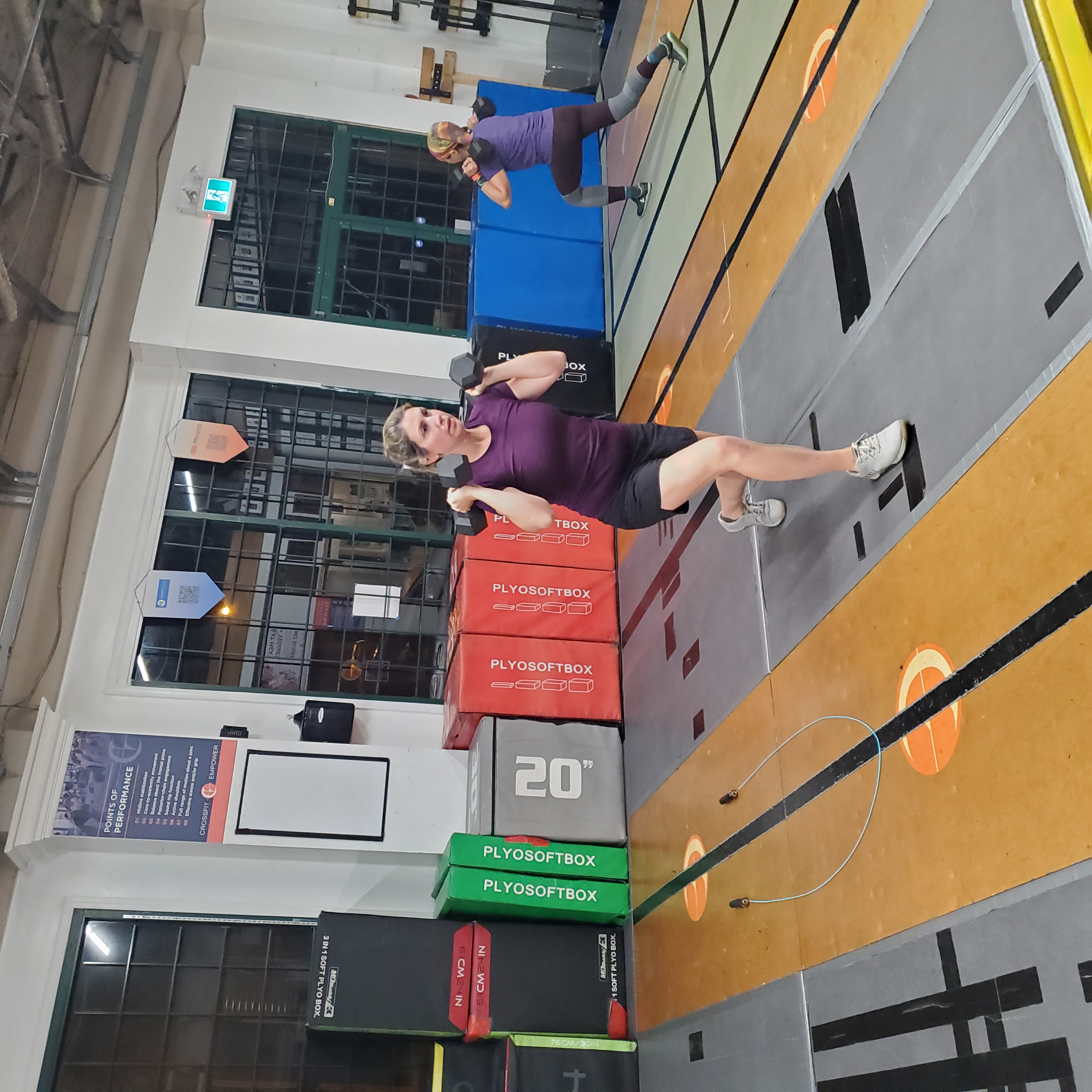
Imagine the confidence with which you will tackle life when you are navigating the world in a body strong enough to perform thruster sets at 125/185lbs. Sound impossible? Only if you believe it is. Thousands of ordinary people around the world do this, why not you?
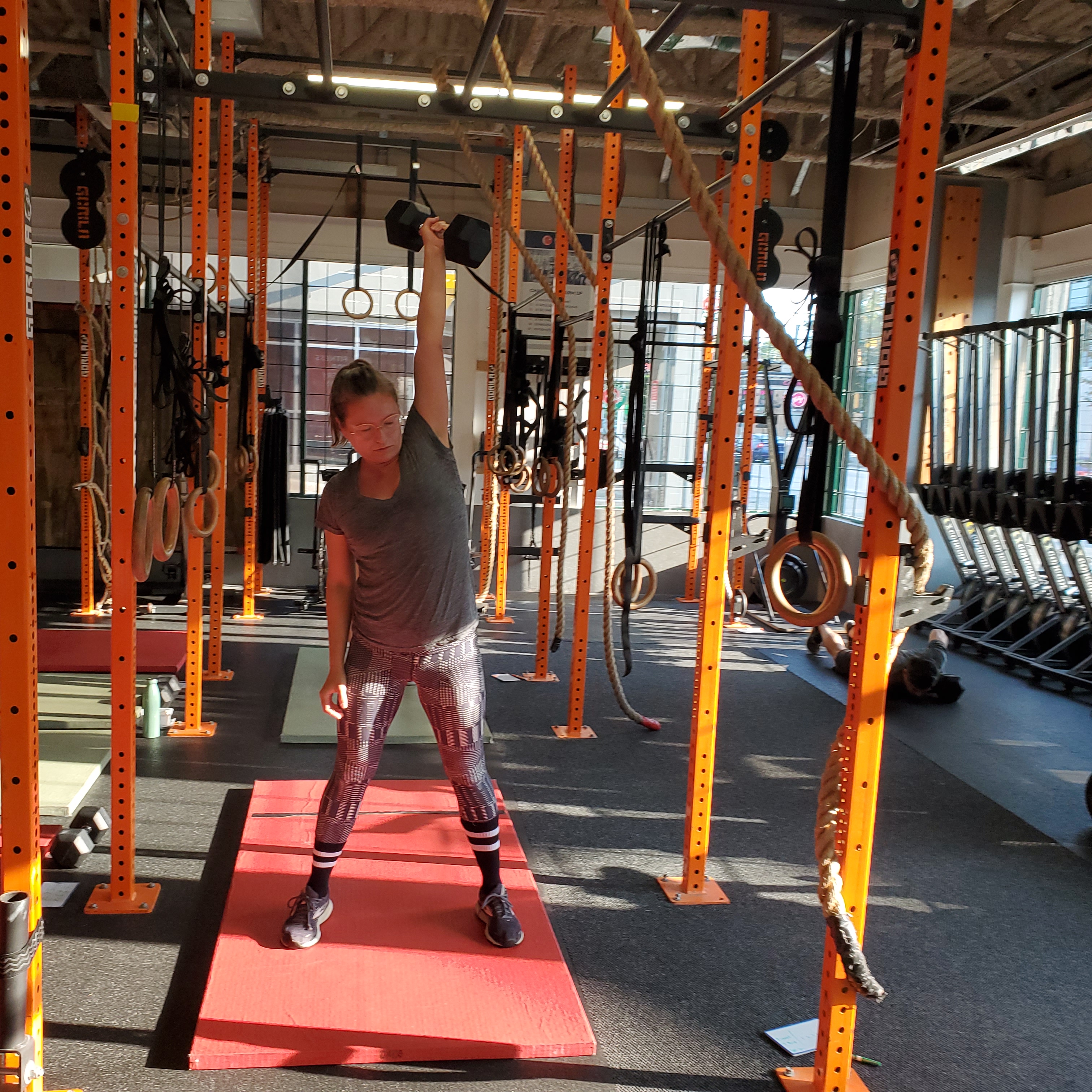
If you need help with this, please reach out to your coach to schedule a PT session at which to plan out your annual progressive overload strategy. 12 months from now you will be a remarkably stronger, more confident athlete and human being!

Friday Make Up Day
1) Mostly Rest
5 Rounds:
30 sec KB Deadlifts, 30 sec rest
30 sec KBS, 30 sec rest
30 sec KB Goblet Squats
3.5 mins: 200m Sandbag Carry (rest remaining time)
2) Complete as many rounds and reps as possible in 20 minutes of:
3 wall walks
6 thrusters
18 burpees over the barbell
3) Weighted strict muscle-up 1-1-1 reps
Then,
30 ring muscle-ups
*Every time you break, perform 10 box jumps.
